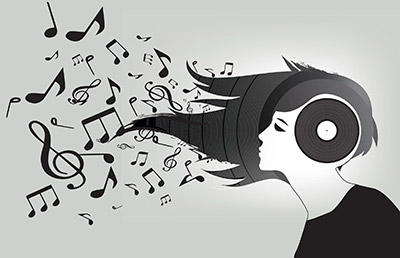Introduction

Taking Pictures
Do you like to take pictures? Taking pictures helps us to capture a certain moment in time. Have you ever tried to take a picture of something in motion? If so, how did it turn out? Sometimes the pictures turn out good and other times they are blurry. Artists try to depict movement in their artwork. Not only do they try to show something that might be moving, but they also use different elements, tools, and techniques to move the viewer's eye through the artwork.


Music
If you are like everyone else in your class, you probably like music. In music we hear all sorts of styles and beats; some songs are slow and mellow while others are fast and upbeat. But, one thing they all have in common is rhythm and repetition. In music the rhythm is created by various notes and tempos. In art rhythm is created by repeating various visual elements and techniques to move the viewers eye through the artwork. Learning about movement and rhythm in art will help you to view works or art in an organized manner.

| Lesson Objectives |
|
Following successful completion of this lesson, students will be able to...
Enduring Understandings
The above objectives correspond with the Alabama Course of Study: Arts Survey standards: 3, 4, 7 |
